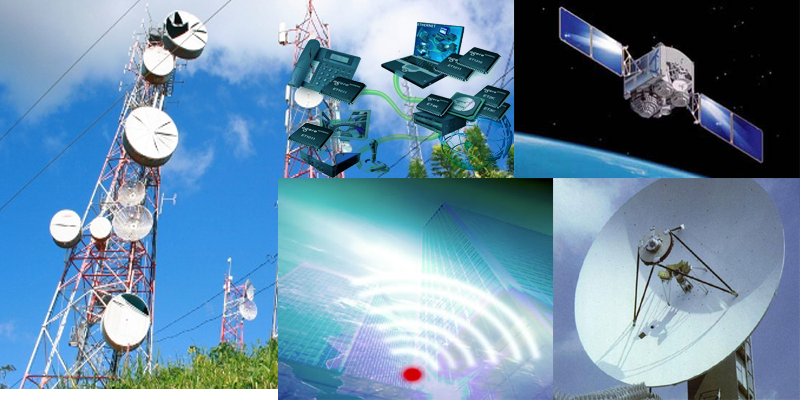|
|
||
|
Industries |
||
|
Introduction |
||||
|
Telecommunication is the transfer or transmission of a signal
over a distance. This transfer generally exists for the purpose
of communication, and in recent times this communication has
been made easier and faster due to a powerful global
infrastructure. We have always had to communicate with others
over a long distance, and it has always involved technology of
some sort. Whether by using flags, smoke signals or drums we
have always managed to get the message across; but now instead
of just to the other side of the village we can send messages to
the other side of the world. |
||||
| Examples | ||||
| Specialization | ||||
| Books | ||||
| Useful links | ||||
| Articles | ||||
| Telecommunication News | ||||
| Trend and Opportunities | ||||
| Industry Forecast | ||||
|
This phenomenon has had a huge impact on cultures and
communities worldwide and is one of the most important factors
of what we refer to as globalization.
There are
three basic elements that are necessary for a telecommunication
system to work. First you need a transmitter in order to
convert the information that you wish to send into a signal.
Next you need a medium in which to carry the signal to its
destination, and then of course you need a receiver to convert
the signal back into its original form. Transmitters and
receivers along with their mediums of transmission are often
combined together to form networks. These networks are becoming
faster and more complex today as vast geometries of network
nodes are joined together across the globe. 1 |

Source:
1. http://www.bowneglobal.com/latest/global-telecommunication-infrastructure.html
